Jan 18, 2024 I am sure a lot of kids who grew up in India in the 90s would relate to the statement I am about to make. Every birthday party we went to as kids, we usually had a piece of cake along with a bowl of veg chowmein and samosa. Sometimes there was also a vegetable puff. That was a set standard menu and I am sure so many of you can relate to it. Of course birthday parties in India have now changed and how! Those were simpler days. 🙂 Veg chow mien became popular in India even before Indo Chinese as a cuisine became popular. It was the pioneer dish, the rest like gobi manchurian, chilli paneer came much later. I still remember how much I loved the chowmein sold at my school cafeteria. It was rupees 8 or 10 and it was my favorite treat when I had the money to splurge at the school canteen! Making chow mein noodles at home is easier than you think. The only time consuming part of this recipe is chopping all the vegetables thinly. And if you have a mandoline slicer, then this process takes hardly 5 minutes! If you love making any kind of noodles with veggies, then I suggest you invest in a good mandoline slicer, it makes it so easy!
What Vegetables are Used in Chow Mein
In the traditional Chinese version, vegetables like bok choy, bamboo shoot, and bean sprouts are used. However we are talking about the Indian street style chow mein here, and in that version we usually have onions, cabbage, carrots, and bell peppers. Spring onions are also often added. We also add lots of ginger, garlic and green chilies. The vegetables need to be thinly sliced for chow mein and ideally they should of the same thickness. I don’t know about you, but I certainly don’t have the skills to chop them all to the same thickness and that too quickly. And that’s why I love my mandoline slicer (I love the one from OXO). I just set the thickness to 1/8th or a little less than 1/8th sometimes and slice. I am done slicing all the vegetables in 5 to 10 minutes, believe it or not!
How to Cook Noodles Perfectly
There are two things when it comes to noodles in chow mein. First, you have to use the right kind of noodles. And two you have to cook them perfectly making sure they don’t clump or stick together after boiling. I use Chings’s hakka noodles for this recipe and I think they work great. You can find regular noodles as well as whole wheat noodles at Indian grocery stores. Boil the noodles according to the instructions on the package. Here are few things to keep in mind:
Don’t over cook the noodles. They should have a nice bite to them aka they should be al dente. So carefully monitor the cooking time. Once boiled, use a strainer to drain the water and then run the noodles under running cold water to stop the cooking process. And finally (and very important), toss the noodles with 1/2 to 1 tablespoon of oil and mix to coat the noodles with oil. This will prevent sticking of the noodles so that once you add them to the vegetables, they remain non-sticky and separate.
How To Make Veg Chowmein – Step by Step
Before you start, have your veggies ready to go. I use a mandoline slicer to slice the veggies and then use a hand held chopper to finely chop my ginger, garlic and chilies.
Tips For Success
Chop the vegetables to same thickness, this gives the best texture when you are eating the chowmein. The vegetables need to be thinly sliced and I really trust my mandoline slicer for this. It slices them all to the same thickness and also does the job so quickly! Use a wok to make the chowmein. Using an iron or carbon steel wok definitely makes a difference to the final taste of the dish. Toss the noodles with a little oil once they are boiled. This ensures that they don’t clump up together. This way they are non sticking together when you add them to the wok along with the veggies and sauces. Don’t overcook the vegetables. This is crucial for that crunchy texture of the vegetables that we all love in a chowmein. Cook on high heat so that the veggies remain crunchy. I have not added MSG aka ajinomoto here but if you want you can add some for more of that authentic flavor and taste.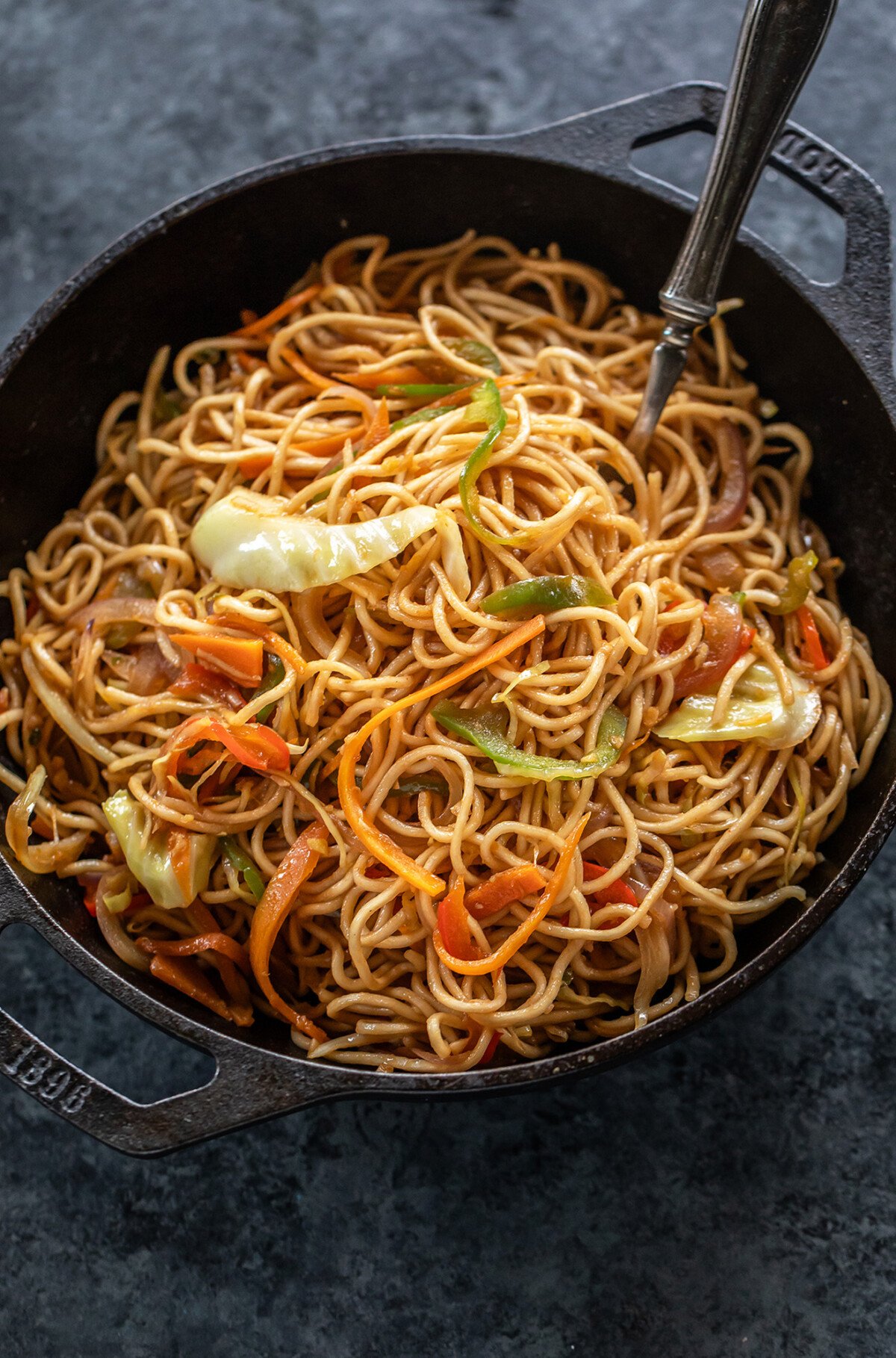
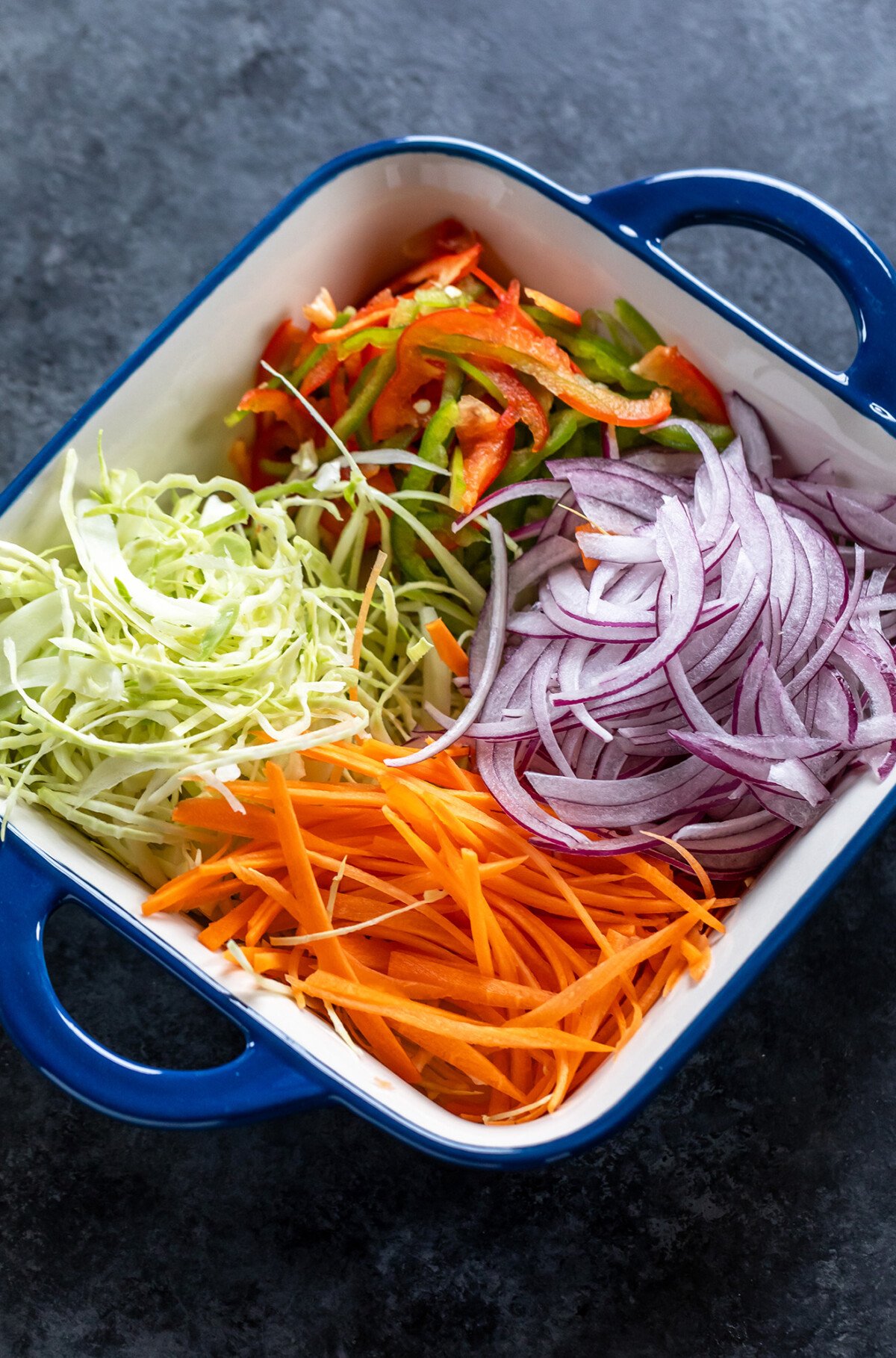
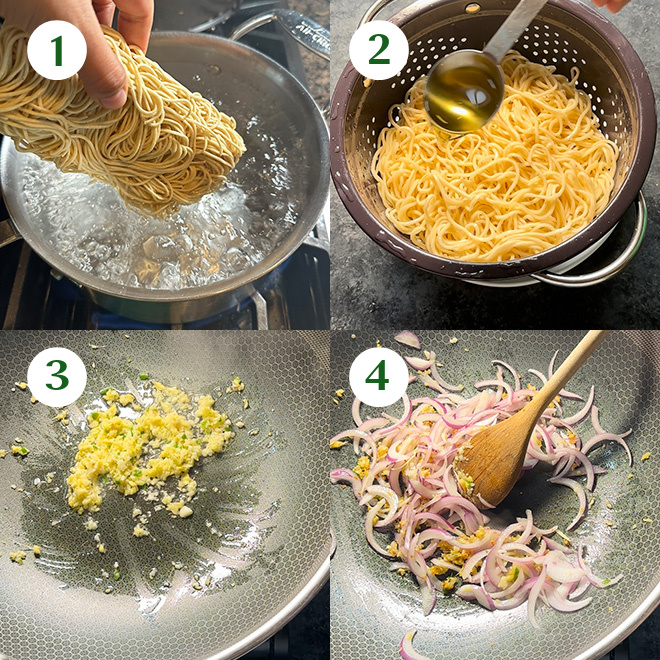
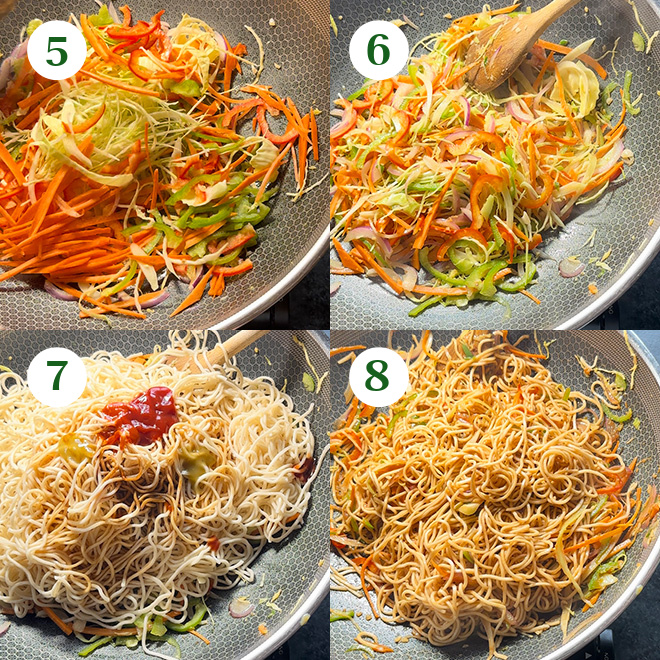
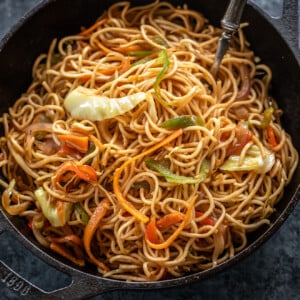
title: “Veg Chowmein Street Style Chow Mein Recipe " ShowToc: true date: “2024-11-01” author: “Hiroko Gray”
Jan 18, 2024 I am sure a lot of kids who grew up in India in the 90s would relate to the statement I am about to make. Every birthday party we went to as kids, we usually had a piece of cake along with a bowl of veg chowmein and samosa. Sometimes there was also a vegetable puff. That was a set standard menu and I am sure so many of you can relate to it. Of course birthday parties in India have now changed and how! Those were simpler days. 🙂 Veg chow mien became popular in India even before Indo Chinese as a cuisine became popular. It was the pioneer dish, the rest like gobi manchurian, chilli paneer came much later. I still remember how much I loved the chowmein sold at my school cafeteria. It was rupees 8 or 10 and it was my favorite treat when I had the money to splurge at the school canteen! Making chow mein noodles at home is easier than you think. The only time consuming part of this recipe is chopping all the vegetables thinly. And if you have a mandoline slicer, then this process takes hardly 5 minutes! If you love making any kind of noodles with veggies, then I suggest you invest in a good mandoline slicer, it makes it so easy!
What Vegetables are Used in Chow Mein
In the traditional Chinese version, vegetables like bok choy, bamboo shoot, and bean sprouts are used. However we are talking about the Indian street style chow mein here, and in that version we usually have onions, cabbage, carrots, and bell peppers. Spring onions are also often added. We also add lots of ginger, garlic and green chilies. The vegetables need to be thinly sliced for chow mein and ideally they should of the same thickness. I don’t know about you, but I certainly don’t have the skills to chop them all to the same thickness and that too quickly. And that’s why I love my mandoline slicer (I love the one from OXO). I just set the thickness to 1/8th or a little less than 1/8th sometimes and slice. I am done slicing all the vegetables in 5 to 10 minutes, believe it or not!
How to Cook Noodles Perfectly
There are two things when it comes to noodles in chow mein. First, you have to use the right kind of noodles. And two you have to cook them perfectly making sure they don’t clump or stick together after boiling. I use Chings’s hakka noodles for this recipe and I think they work great. You can find regular noodles as well as whole wheat noodles at Indian grocery stores. Boil the noodles according to the instructions on the package. Here are few things to keep in mind:
Don’t over cook the noodles. They should have a nice bite to them aka they should be al dente. So carefully monitor the cooking time. Once boiled, use a strainer to drain the water and then run the noodles under running cold water to stop the cooking process. And finally (and very important), toss the noodles with 1/2 to 1 tablespoon of oil and mix to coat the noodles with oil. This will prevent sticking of the noodles so that once you add them to the vegetables, they remain non-sticky and separate.
How To Make Veg Chowmein – Step by Step
Before you start, have your veggies ready to go. I use a mandoline slicer to slice the veggies and then use a hand held chopper to finely chop my ginger, garlic and chilies.
Tips For Success
Chop the vegetables to same thickness, this gives the best texture when you are eating the chowmein. The vegetables need to be thinly sliced and I really trust my mandoline slicer for this. It slices them all to the same thickness and also does the job so quickly! Use a wok to make the chowmein. Using an iron or carbon steel wok definitely makes a difference to the final taste of the dish. Toss the noodles with a little oil once they are boiled. This ensures that they don’t clump up together. This way they are non sticking together when you add them to the wok along with the veggies and sauces. Don’t overcook the vegetables. This is crucial for that crunchy texture of the vegetables that we all love in a chowmein. Cook on high heat so that the veggies remain crunchy. I have not added MSG aka ajinomoto here but if you want you can add some for more of that authentic flavor and taste.



